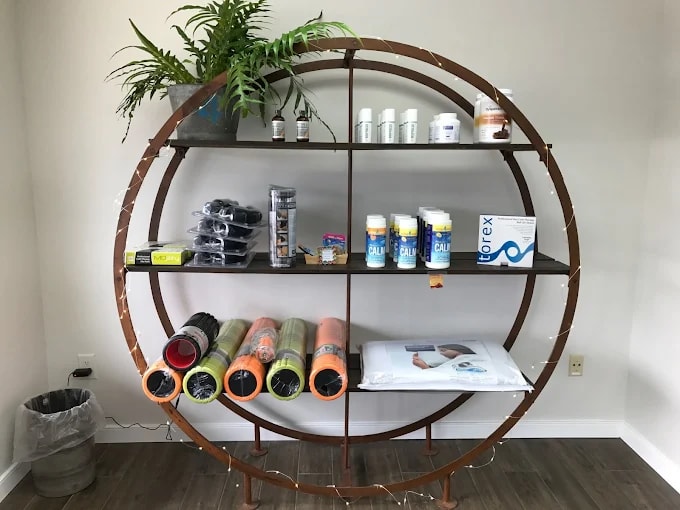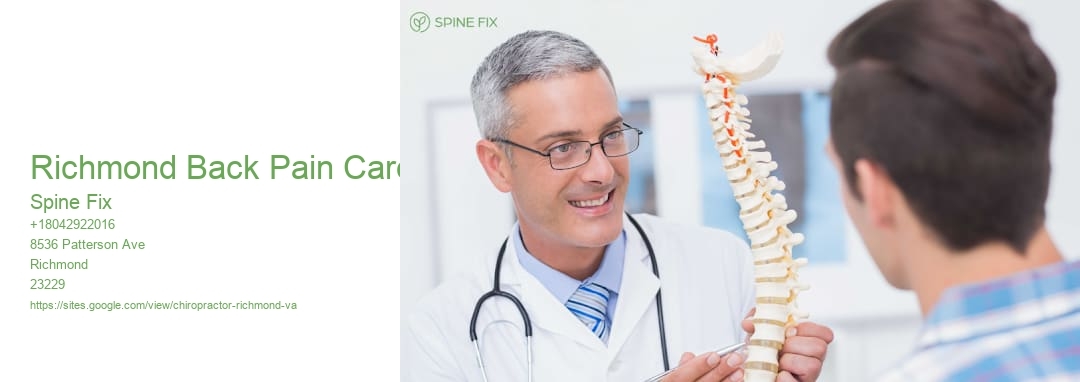Reduced back pain or lumbago is an usual condition involving the muscle mass, nerves, and bones of the back, in between the lower edge of the ribs and the lower fold of the buttocks. Discomfort can differ from a plain consistent pain to an abrupt sharp feeling. Low back pain may be identified by duration as acute (discomfort enduring much less than 6 weeks), sub-chronic (6 to 12 weeks), or chronic (more than 12 weeks). The condition might be additional classified by the underlying reason as either mechanical, non-mechanical, or referred discomfort. The symptoms of low back pain usually improve within a few weeks from the time they start, with 40–-- 90% of people recuperated by 6 weeks. In most episodes of low pain in the back a specific underlying cause is not determined or perhaps sought, with the pain thought to be due to mechanical issues such as muscular tissue or joint stress. If the discomfort does not go away with conservative treatment or if it is accompanied by "red flags" such as unusual weight loss, high temperature, or substantial problems with feeling or activity, more testing may be needed to seek a major underlying issue. In many cases, imaging devices such as X-ray computed tomography are not useful or advised for reduced neck and back pain that lasts much less than 6 weeks (with no warnings) and bring their own risks. In spite of this, making use of imaging in low back pain has enhanced. Some reduced back pain is triggered by damaged intervertebral discs, and the straight leg increase examination works to recognize this reason. In those with chronic discomfort, the discomfort handling system might malfunction, creating huge amounts of discomfort in reaction to non-serious events. Persistent non-specific low pain in the back (CNSLBP) is a highly widespread bone and joint condition that not just impacts the body, but additionally an individual's social and economic condition. It would be greatly valuable for people with CNSLBP to be evaluated for genetic issues, unhealthy lifestyles and habits, and psychosocial elements in addition to musculoskeletal concerns. Chronic lower neck and back pain is defined as back pain that lasts more than 3 months. The signs and symptoms of reduced pain in the back normally improve within a couple of weeks from the time they begin, with 40–-- 90% of people recuperated by 6 weeks. Typical activity should be proceeded as high as the discomfort enables. Preliminary monitoring with non-medication based treatments is advised. Non–-- medicine based therapies include superficial warm, massage, acupuncture, or spine control. If these are not adequately efficient, NSAIDs are suggested. A number of other alternatives are available for those who do not boost with normal therapy. Opioids might serve if straightforward discomfort medications are insufficient, however they are not normally suggested due to negative effects, consisting of high prices of addiction, unintentional overdose and fatality. Surgical treatment might be advantageous for those with disc-related chronic discomfort and impairment or back stenosis. No clear benefit of surgery has been located for various other situations of non-specific low back pain. Reduced neck and back pain usually influences state of mind, which may be enhanced by therapy or antidepressants. In addition, there are lots of alternative medicine treatments, however there is inadequate proof to suggest them with confidence. The proof for chiropractic treatment and back control is mixed. About 9–-- 12% of individuals (632 million) have reduced pain in the back at any type of provided point in time, and almost 25% record having it at some time over any kind of one-month period.Concerning 40% of individuals have low back pain at some time in their lives, with quotes as high as 80% among people in the established globe. Reduced pain in the back is the greatest contributor to lost performance, absenteeism, disability and layoff worldwide. Difficulty with low pain in the back most often starts in between 20 and 40 years old. Women and older individuals have higher approximated rates of reduced back pain and additionally greater special needs price quotes. Reduced back pain is more typical among people aged between 40 and 80 years, with the total variety of people influenced anticipated to increase as the population ages. According to the World Wellness Company in 2023, lower pain in the back is the top clinical problem global from which one of the most number of individuals world-wide can take advantage of enhanced rehabilitation.
.



